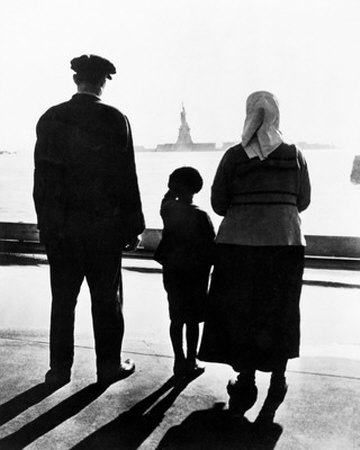Railroads and Expansion:
The Industrial Revolution took a toll on America for better and for worse. This was the starting point of the new America and the years to come. More efficient processes, such as the Bessemer process was used to produce better quality steel, were used to help expand our railroads and population.
Labor:
The need for more efficient work was filled with new machines. The new inventions made work easier, faster and more efficient. Many jobs opened up causing immigrants to come looking for work. The work force not only opened up to immigrants and men, but children and women as well. Laborers worked long hours with little pay and poor conditions. Angered against their conditions many laborers began labor unions and strikes. Eugene Debs was the head of the IWW, Industrial Workers of the World, a group of radical unionists and socialist in Chicago. These strikes would later lead to the passing of laws against child labor and equal pay for equal work. Along with the voices of working men many women like Mary Harris Jones led strikes to better the lives of laborers.
IWW demonstration in New York City
Robber Barons and The Grange:
As new industries formed so did Robber Barons such as Carnegie and Rockefeller who both used vertical and horizontal integration to form huge industries to control the markets and became extremely wealthy. The Grange, organization of farmers attempting a social outlet and an educational forum for isolated farm families, tried having government control over railroads. The Grange was angry because of the unfair distribution of land to railroads and the Robber Barons causing farmers to go into debt. Later the Interstate Commerce Act was passed, but was proven too weak to control the railroads.
Conclusion:
In all the lingering effects of the Industrial revolution were both positive and negative. The new inventions created new jobs for men, women and children alike. The rapid growth of railroads caused for westward expansion and creation of new cities such as Chicago and Seattle. With the spreading of people also spread ideas enriching our culture. The Industrial Revolution also caused great wealth and poverty in America arousing many protests and reforms.








